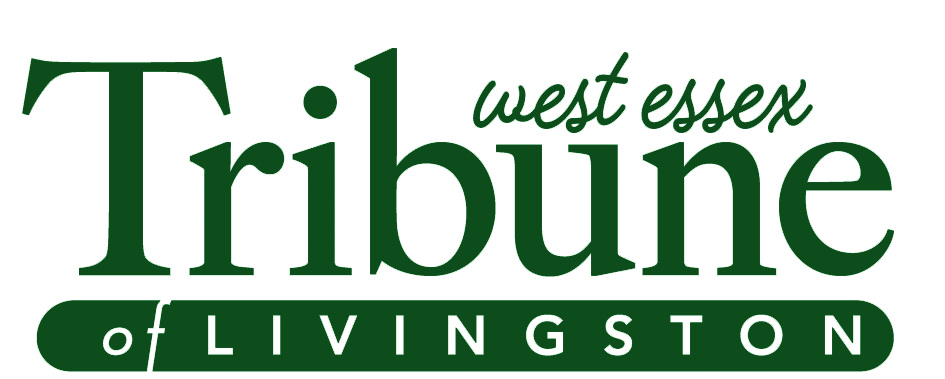Livingston Announces Adjustments to Ensure Equal Increases to Water and Sewer Utility Bills

Due to a layout error, the water/sewer story on the front page of today’s issue of the Tribune was not continued on the “jump page.” We apologize for the error. Here is that story in its entirety.
The Livingston Township Council adopted Ordinances 25-2021 and 26- 2021 on August 9, which increased the rates charged to consumers by the water and sewer utilities, respectively. Now, the township is announcing bill changes to ensure each customer is affected equally by the adjustments.
“These increases were necessary. First, due to increased current and anticipated future capital expenditures to upgrade the water and sewer facilities to comply with new regulations, and second, due to the fact that rates had not been increased in over nine years while operating costs for both utilities have significantly increased over this time,” read a press release from the township. “However, the new increased rates still remain very competitive with, and in fact below the rates of, our neighboring towns.”
Water and sewer charges appear on a combined bill sent to each customer on a quarterly basis. The customer base is divided into three billing cycles; for each quarter, approximately one third of the customers receive a bill for the preceding three months. With the ordinances being adopted at the beginning of August, different billing cycle groups would have different amounts of their water and sewer subject to the increased rates for the initial cycle.
Group 1
For purposes of this increase, the first cycle will be referred to as Group 1. Group 1 customers received bills in the first week of August for water and sewer services delivered the three preceding months. Those customers should not have been subject to the new rates until their next billing cycle in the first week of November.
“Because the new rates were entered into the billing program once adopted, the effect was to apply the increased rate to the Group 1 bills that were sent in early August,” the township release said. “That should not have happened, and those bills should have been based on the old rates. However, many customers have already paid those bills at the higher rate, and attempting to retroactively adjust and send new bills (or crediting in the case of those who already paid) for each of over 3,000 accounts would be problematic and inefficient.”
To correct this erroneous billing, the next quarterly bills for the Group 1 billing cycle customers, which will be sent at the beginning of November (for water and sewer delivered in August, September and October after the rate increase) will be billed at the previous lower rates. This will offset the most recent quarterly bills that were erroneously billed at the new higher rate.
Group 2
The next billing cycle (Group 2) received two months of water and sewer service delivered before the new rates and one month after the new rates. The bills for this group, just sent in early September, were based on an apportioned or average rate, using the old and new rates. Their bills for this cycle are based on two-thirds (two months) at the old lower rates and one-third (one month) at the new higher rates to arrive at one-time “apportioned” rates that are applied to their total consumption this cycle.
Group 3
The final billing cycle (Group 3) will be billed in early October. They will have received one month of service prior to the new rates and will receive two months of service after the new rates. Their bills are based on one-third (one month) at the old lower rates and two-thirds (two months) at the new higher rates.
“These adjustments will ensure that every account will effectively be billed at the older, lower rate for services delivered prior to the increase and at the new higher rate for services provided after the increase,” the township release said.
“Utilizing this method will make the billings fair while minimizing the impact on administrative resources and time in making individual adjustments on each of the 10,000-plus water and sewer accounts. That is, a total of 20,000-plus accounts.”
Once these adjustments are made for the current cycles, all accounts will be fully billed at the new rates for future cycles. For more information, go to livingstonnj.org.


